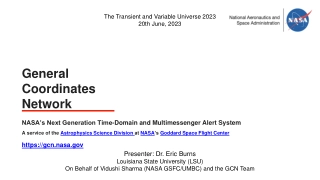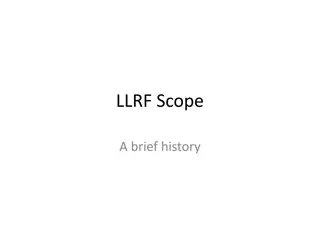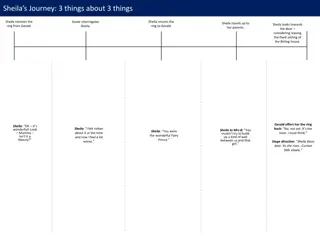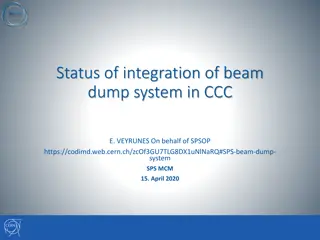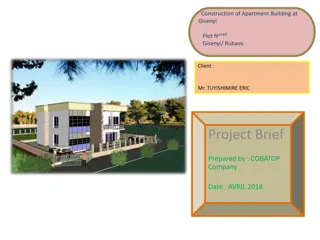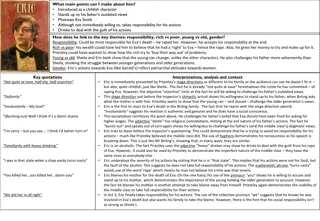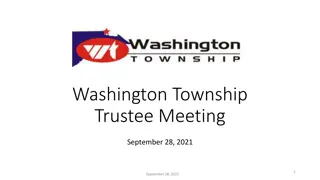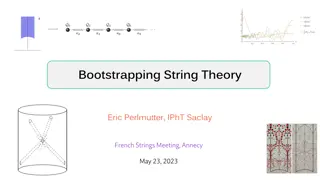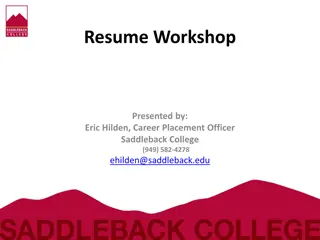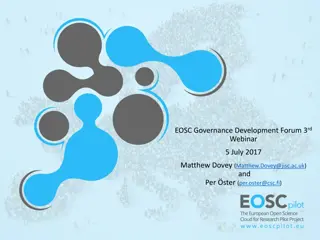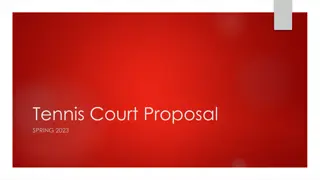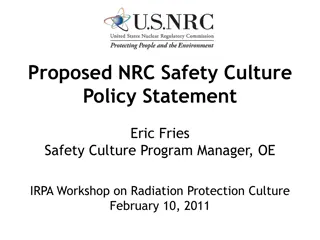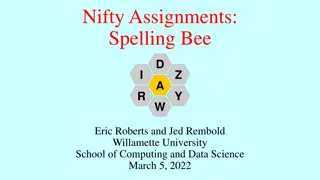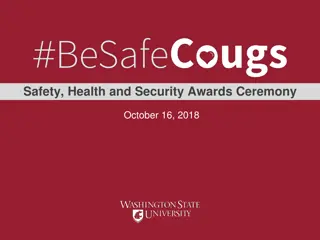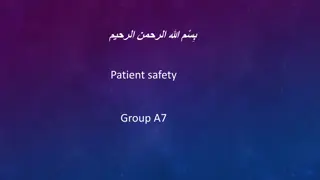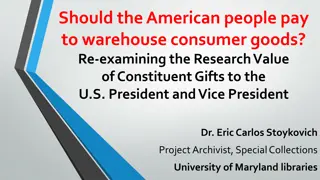
California Water Policy and Sustainable Groundwater Management
Explore the past, present, and future challenges in Kern County regarding water availability, subsidence issues, and the need for local solutions in the face of declining imported water supplies. Learn about the critical overdraft of the Tulare Lake/Kern Sub-Basin, capacity restoration projects, and the importance of demand reduction and investment in water infrastructure for a sustainable future.
Download Presentation

Please find below an Image/Link to download the presentation.
The content on the website is provided AS IS for your information and personal use only. It may not be sold, licensed, or shared on other websites without obtaining consent from the author. If you encounter any issues during the download, it is possible that the publisher has removed the file from their server.
You are allowed to download the files provided on this website for personal or commercial use, subject to the condition that they are used lawfully. All files are the property of their respective owners.
The content on the website is provided AS IS for your information and personal use only. It may not be sold, licensed, or shared on other websites without obtaining consent from the author.
E N D
Presentation Transcript
What do we know of the past? 1. Kern maximized access to local and imported water through groundwater banking & replenishment programs. 2. Historic supplies were insufficient to meet Tulare Lake/Kern County demands 3. Tulare Lake/Kern Sub-Basin is critically overdrafted (DWR 2009 and 2013, CA Water Plan Updates))
What do we know of the present? Subsidence: The most subsidence we ve seen is in Pool 20, that s where we see our greatest reduction in capacity, it s about 20%, and that capacity reduction translates itself all the way down through the San Luis Field Division and into the San Joaquin until we get to the next subsidence bowl in pools 24, 25 and then that capacity reduction is reflected all the way to almost the Buena Vista Pumping Plant. The Friant-Kern Canal Subsidence and Capacity Correction Project (Project) would restore capacity from the current estimated 1,900 cubic-feet-per- second to the original 4,000 cubic-feet-per-second in the most critical area near the Dear Creek Check Structure (milepost 103) Regulatory Decisions: Imported water supplies from the State Water Project and Central Valley Project(s) have declined (in both volume and reliability) over the past twenty years.
Red = Fully Appropriated Light Blue = Seasonally Appropriated Dark Blue = Unappropriated What do we know of the future? There is less water and capacity available today compared to 10 years ago and; There is less water and capacity projected over the next 10 years than there is today. Modesto Kern s estimated deficit is ~350k AF/Year Kern s GSP s showed Projects developing ~350K AF/Year of NEW WATER THERE IS NO NEW LOCAL WATER Bakersfield
CALIFORNIA WATER POLICY SGMA calls for Local Solutions Absent a regional approach to enhance imported water supplies, the only realistic local solution is demand reduction. Investment in restoring existing and constructing NEW conveyance, is required. Absent this investment groundwater recharge projects do not create NEW water. They only change the name of the local beneficiary. San Joaquin Valley Water Blueprint seeks to coordinate valley interests on water

